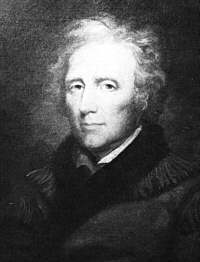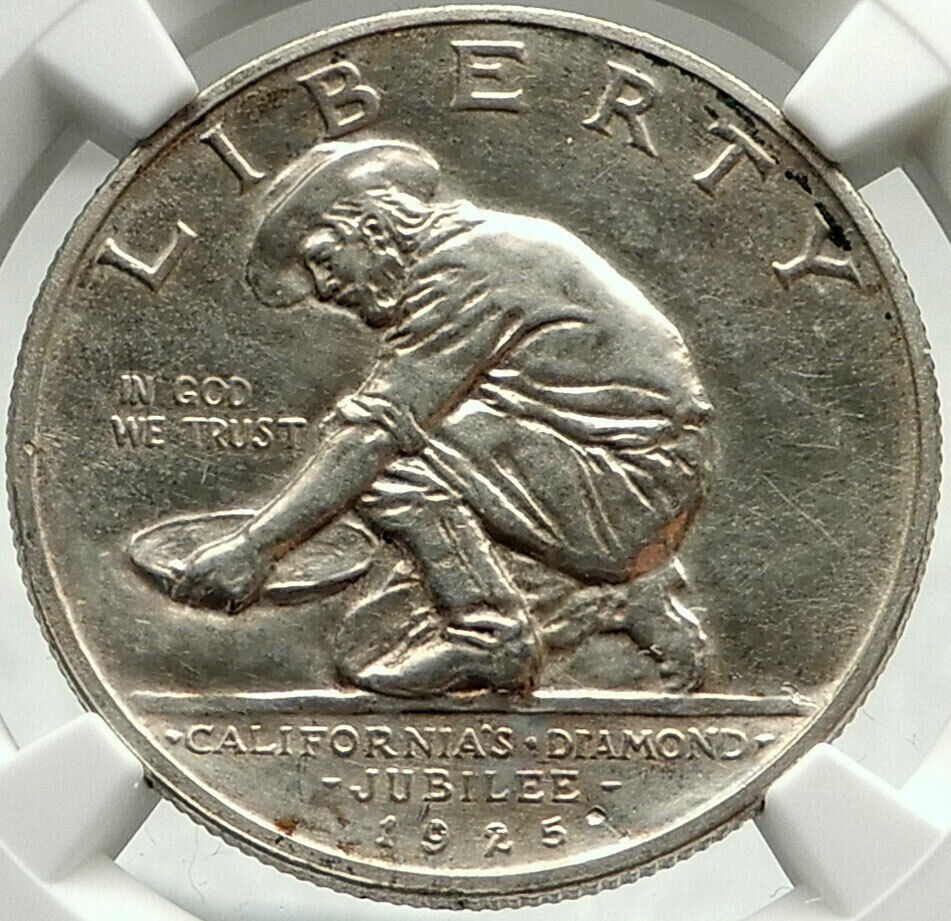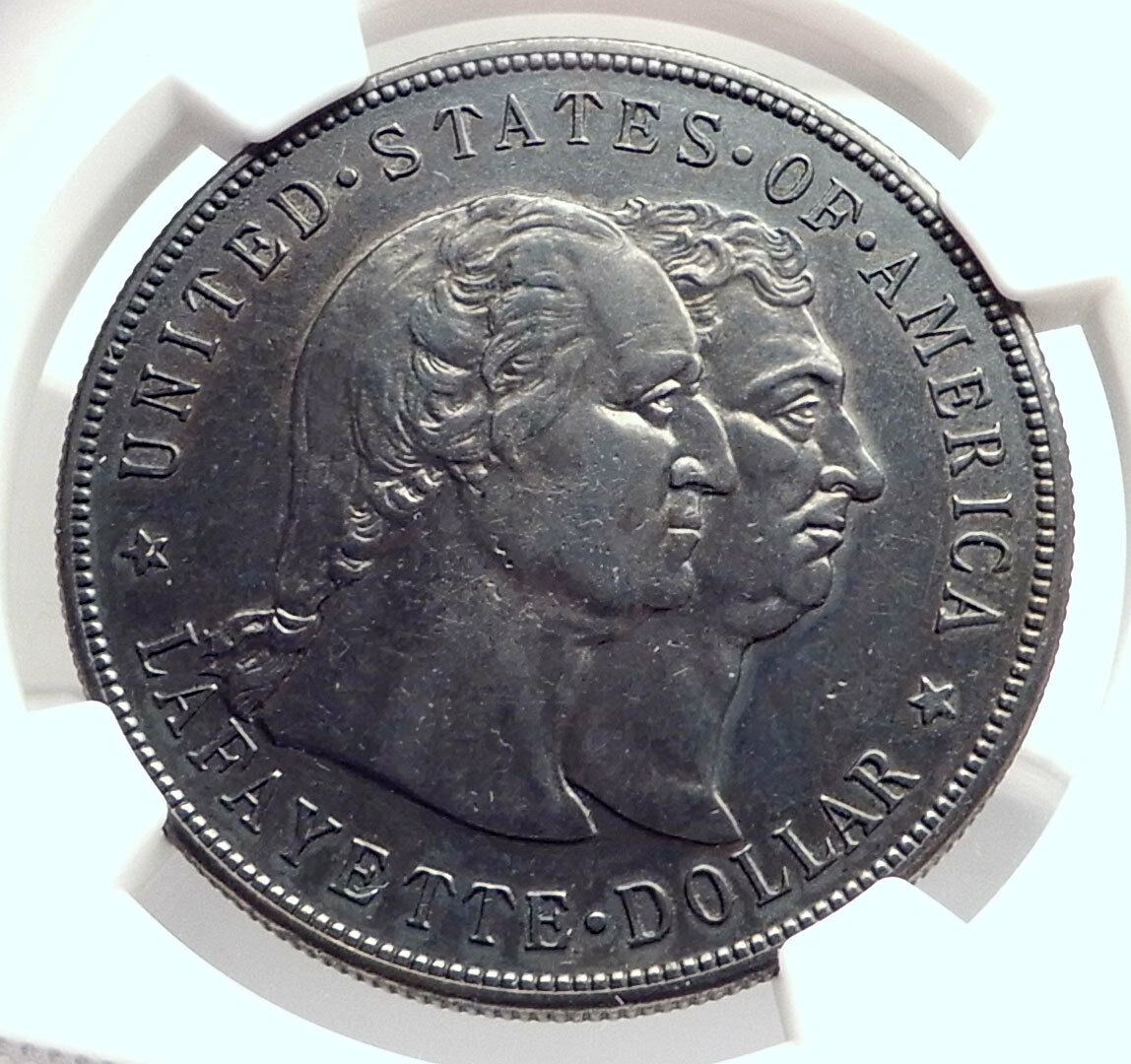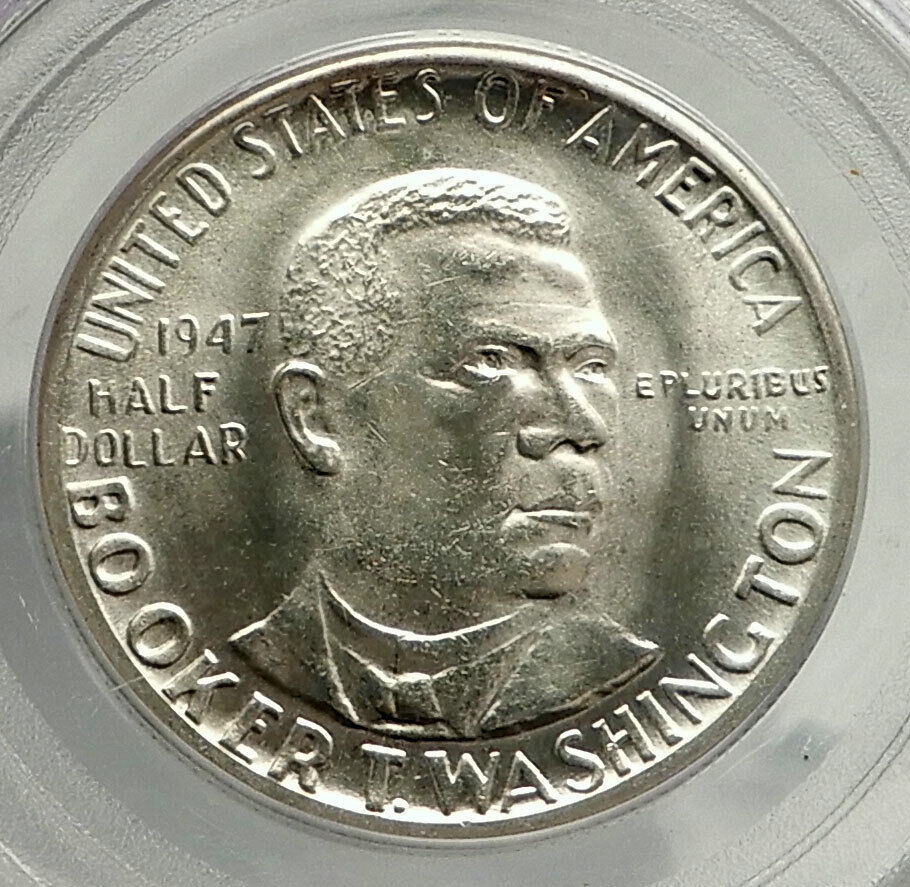|
United States of America
Bicentennial of Daniel Boone birth – Commemorative issue
1935 Silver Half Dollar 30.6mm (12.5 grams) 0.900 Silver (0.3617 oz. ASW) Philadelphia mint
Reference: KM# 135 | Engraver: Henry Augustus Lukeman | Mintage: 10,008
Certification: NGC MS 64 4239701-002
UNITED STATES OF AMERICA HALF DOLLAR, A portrait of Daniel Boone.
IN GOD WE TRUST E PLURIBUS UNUM DANIEL BOONE BICENTENNIAL 1934 PIONEER YEAR 1935, The frontiersman, Daniel Boone holding a chart of Kentucky and a musket, facing an American Indian war chief named Blackfish of the Chillicothe bande of the Shawnee tribe holding a tomahawk. In the background a blockhouse stockade and a sun with rays appear.
You are bidding on the exact item pictured, provided with a Certificate of Authenticity and Lifetime Guarantee of Authenticity.
 Daniel Boone (November 2, 1734 – September 26, 1820) was an American pioneer, explorer, woodsman, and frontiersman, whose frontier exploits made him one of the first folk heroes of the United States. Boone is most famous for his exploration and settlement of what is now Kentucky. It was still considered part of Virginia but was on the western side of the Appalachian Mountains from most European-American settlements. As a young adult, Boone supplemented his farm income by hunting and trapping game, and selling their pelts in the fur market. Through this occupational interest, Boone first learned the easy routes to the area. Despite some resistance from American Indian tribes such as the Shawnee, in 1775, Boone blazed his Wilderness Road from North Carolina and Tennessee through Cumberland Gap in the Cumberland Mountains into Kentucky. There, he founded the village of Boonesborough, Kentucky, one of the first American settlements west of the Appalachians. Before the end of the 18th century, more than 200,000 Americans migrated to Kentucky/Virginia by following the route marked by Boone. Daniel Boone (November 2, 1734 – September 26, 1820) was an American pioneer, explorer, woodsman, and frontiersman, whose frontier exploits made him one of the first folk heroes of the United States. Boone is most famous for his exploration and settlement of what is now Kentucky. It was still considered part of Virginia but was on the western side of the Appalachian Mountains from most European-American settlements. As a young adult, Boone supplemented his farm income by hunting and trapping game, and selling their pelts in the fur market. Through this occupational interest, Boone first learned the easy routes to the area. Despite some resistance from American Indian tribes such as the Shawnee, in 1775, Boone blazed his Wilderness Road from North Carolina and Tennessee through Cumberland Gap in the Cumberland Mountains into Kentucky. There, he founded the village of Boonesborough, Kentucky, one of the first American settlements west of the Appalachians. Before the end of the 18th century, more than 200,000 Americans migrated to Kentucky/Virginia by following the route marked by Boone.
Boone served as a militia officer during the Revolutionary War (1775-83), which, in Kentucky, was fought primarily between the American settlers and British-allied Native Americans, who hoped to expel the Americans. Boone was captured by Shawnee warriors in 1778. He escaped and alerted Boonesborough that the Shawnee were planning an attack. Although heavily outnumbered, Americans repelled the Shawnee warriors in the Siege of Boonesborough. Boone was elected to the first of his three terms in the Virginia General Assembly during the Revolutionary War, and he fought in the Battle of Blue Licks in 1782. Blue Licks, a Shawnee victory over the Patriots, was one of the last battles of the Revolutionary War, coming after the main fighting ended in October 1781.
Following the war, Boone worked as a surveyor and merchant, but fell deeply into debt through failed Kentucky land speculation. Frustrated with the legal problems resulting from his land claims, in 1799, Boone emigrated to eastern Missouri, where he spent most of the last two decades of his life (1800-20).
Boone remains an iconic figure in American history. He was a legend in his own lifetime, especially after an account of his adventures was published in 1784, framing him as the typical American frontiersman. After his death, he was frequently the subject of heroic tall tales and works of fiction. His adventures-real and legendary-were influential in creating the archetypal frontier hero of American folklore. In American popular culture, he is remembered as one of the foremost early frontiersmen. The epic Daniel Boone mythology often overshadows the historical details of his life.
Chalahgawtha (or, more commonly in English, Chillicothe) was the name of one of the five divisions (or bands) of the Shawnee, a Native American people, during the 18th century, as well as the name of the principal village of the division. The other four divisions were the Mekoche, Kispoko, Pekowi, and Hathawekela. (All five division names have been spelled in a great variety of ways.) Together these divisions formed the loose confederacy that was the Shawnee tribe.
The Shawnee (Shaawanwaki, Ša˙wano˙ki and Shaawanowi lenaweeki) are an Algonquian-speaking ethnic group indigenous to North America. In colonial times they were a semi-migratory Native American nation, primarily inhabiting areas of the Ohio Valley, extending from what became Ohio and Kentucky eastward to West Virginia, Virginia, Pennsylvania, and Western Maryland; south to Alabama and South Carolina; and westward to Indiana, and Illinois.
Pushed west by European-American pressure, the Shawnee migrated to Missouri and Kansas, with some removed to Indian Territory (Oklahoma) west of the Mississippi River in the 1830s. Other Shawnee did not remove to Oklahoma until after the Civil War. Made up of different historical and kinship groups, today there are three federally recognized Shawnee tribes, all headquartered in Oklahoma: the Absentee-Shawnee Tribe of Indians of Oklahoma, Eastern Shawnee Tribe of Oklahoma, and Shawnee Tribe.
Blackfish (c. 1729-1779), known in his native tongue as Cot-ta-wa-ma-go or Mkah-day-way-may-qua, was a Native American leader, war chief of the Chillicothe division of the Shawnee tribe.
Little is known about him, since he only appears in written historical records during the last three years of his life, primarily because of his interactions with the famous American frontiersmen Daniel Boone and Simon Kenton.
When the Shawnees were defeated by Virginia in Dunmore’s War in 1774 , the resulting peace treaty made the Ohio River the boundary between western Virginia (what is now Kentucky and West Virginia) and American Indian lands in the Ohio Country. Although this treaty was agreed to by Shawnee leaders such as Cornstalk, Blackfish and a number of other leaders refused to acknowledge the loss of their traditional hunting grounds in Kentucky.
Violence along the border escalated with the outbreak of the American Revolutionary War in 1775. As a result, the Chillicothe Shawnees moved their town on the Scioto River further west to the Little Miami River, near what is now Xenia, Ohio. Encouraged and supplied by British officials in Detroit, Blackfish and others launched raids against American settlers in Kentucky, hoping to drive them out of the region. In revenge for the murder of Cornstalk by American militiamen in November 1777, Blackfish set out on an unexpected winter raid in Kentucky, capturing American frontiersman Daniel Boone and a number of others on the Licking River on February 7, 1778. Boone, respected by the Shawnees for his extraordinary hunting skills, was taken back to Chillicothe and adopted into the tribe. The traditional tale is that Boone was adopted by Blackfish himself, although historian John Sugden suggests that Boone was probably adopted by another family.
Boone escaped in June 1778 when he learned that Blackfish was launching a siege of the Kentucky settlement of Boonesborough, which commenced in September of that year. The siege of Boonesborough was unsuccessful, and the Kentuckians, led by Colonel John Bowman, counterattacked Chillicothe the following spring. This raid was also unsuccessful, but Blackfish was shot in the leg, a wound which became infected and was eventually fatal.
Character actors Anthony Caruso, Walter Coy and Robert F. Simon played Blackfish in segments of NBC’s Daniel Boone television series, starring Fess Parker.
|









 Daniel Boone (November 2, 1734 – September 26, 1820) was an American pioneer, explorer, woodsman, and frontiersman, whose frontier exploits made him one of the first folk heroes of the United States. Boone is most famous for his exploration and settlement of what is now Kentucky. It was still considered part of Virginia but was on the western side of the Appalachian Mountains from most European-American settlements. As a young adult, Boone supplemented his farm income by hunting and trapping game, and selling their pelts in the fur market. Through this occupational interest, Boone first learned the easy routes to the area. Despite some resistance from American Indian tribes such as the Shawnee, in 1775, Boone blazed his Wilderness Road from North Carolina and Tennessee through Cumberland Gap in the Cumberland Mountains into Kentucky. There, he founded the village of Boonesborough, Kentucky, one of the first American settlements west of the Appalachians. Before the end of the 18th century, more than 200,000 Americans migrated to Kentucky/Virginia by following the route marked by Boone.
Daniel Boone (November 2, 1734 – September 26, 1820) was an American pioneer, explorer, woodsman, and frontiersman, whose frontier exploits made him one of the first folk heroes of the United States. Boone is most famous for his exploration and settlement of what is now Kentucky. It was still considered part of Virginia but was on the western side of the Appalachian Mountains from most European-American settlements. As a young adult, Boone supplemented his farm income by hunting and trapping game, and selling their pelts in the fur market. Through this occupational interest, Boone first learned the easy routes to the area. Despite some resistance from American Indian tribes such as the Shawnee, in 1775, Boone blazed his Wilderness Road from North Carolina and Tennessee through Cumberland Gap in the Cumberland Mountains into Kentucky. There, he founded the village of Boonesborough, Kentucky, one of the first American settlements west of the Appalachians. Before the end of the 18th century, more than 200,000 Americans migrated to Kentucky/Virginia by following the route marked by Boone. 




